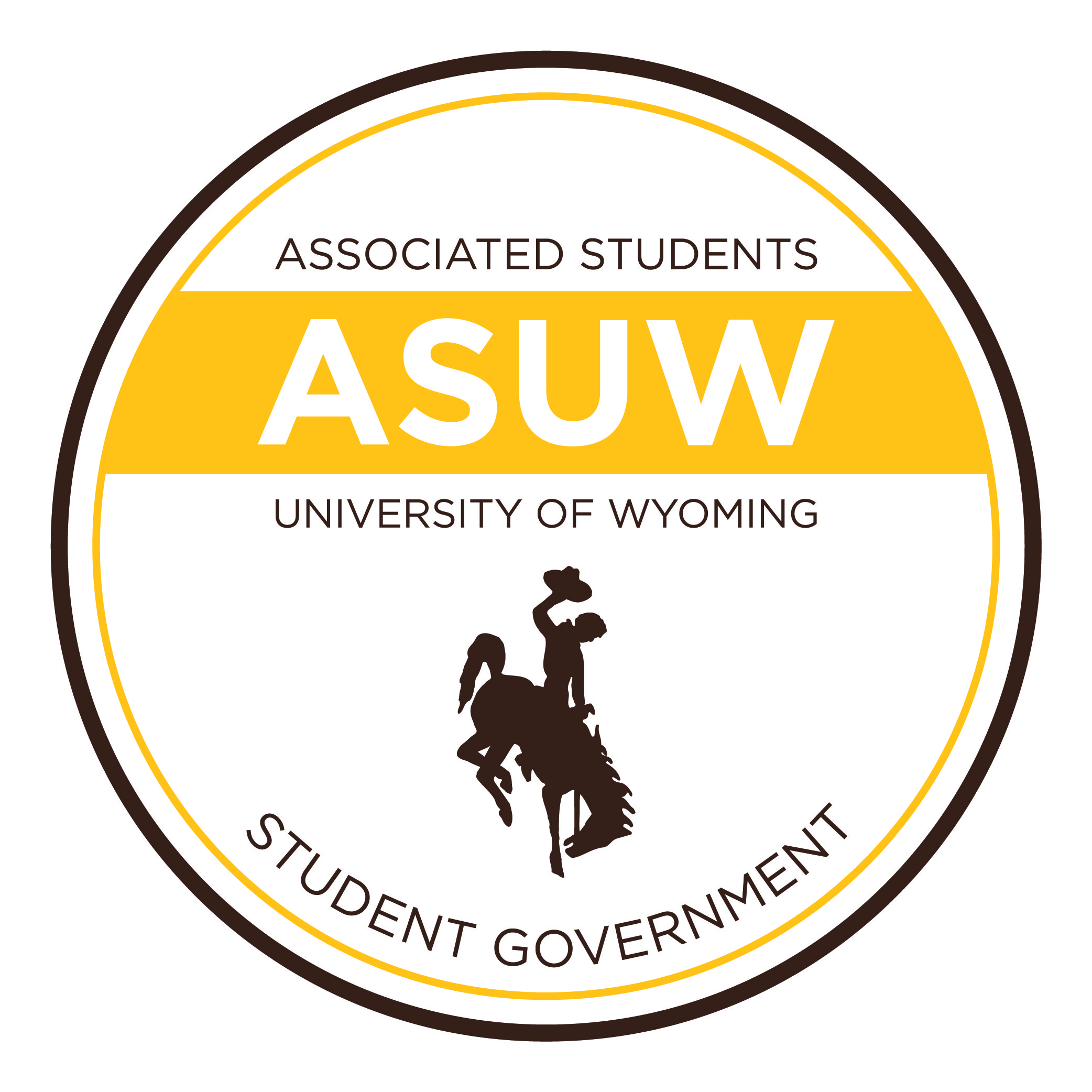The end of Wyoming’s 2014 legislative session finds the state at opposition with the federal government’s proposals for both education standards and energy policy, as outlined by President Obama.
Earlier this year during the president’s State of the Union address, Obama specifically labeled his energy policy as an inclusive one which doesn’t favor one source over the other.
“The all-of-the-above energy strategy I announced a few years ago is working,” he said during the nationally televised speech, “and today, America is closer to energy independence than we’ve been in decades.”
While this rhetoric appears to favor all facets of the energy sector Slate Magazine writer, Will Oremus, noted in a January article the president’s plan is to actually focus on two main sources: natural gas and renewables.
Despite the fact that this projected plan for America’s energy future could be good for the environment, it is less so for Wyoming’s future energy plans notes Wyoming Outdoor Council Energy Policy Analyst, Richard Garrett.
“There are definitely a lot of plans involving coal in Wyoming’s budget for the next two years,” Garrett said.
The approved budget allots $10 million from state funds to finance a “high-bay” research facility at the university. A donation of money from the global oil and gas company, Halliburton, totaling $2 million dollars to help with construction of the facility, and another $1 million for research funds will also go to the university.
“I think having the state be so invested in the university is a good thing,” Garrett said, “but fossil fuels may not be the energy of the future.”
This year’s legislative session eschews focusing on the future of the state in other ways as well.
Governor Matt Mead’s approval of a budget amendment designed to stymie the progress made by the Wyoming Department of Education in adoption of the New Generation Science Standards (NGSS) is also a cause for concern for both the future of energy in the state, and the future of the university.
“The Wyoming legislature will, during the interim, continue to pursue the development of an energy curriculum for public education,” said Garrett. “The curriculum should include science on CO2, Methane emissions, global temperatures, rising shorelines, catastrophic weather events and how our children can be prepared to adapt to a planet that within one hundred years wi ll likely be five degrees warmer than it is today.”
Basic knowledge of how the world works is linked to the development of energy literate students, and through them, a cogent energy development program at the university level.
“You can’t be a good engineer without the basic knowledge involved with understanding all the sciences, especially natural sciences,” Garrett said.
The link between science standards and the state’s energy policy may not be clear at first, unless you examine Governor Mead’s personal stance on various components of the NGSS.
According to the Common Core website, key curriculum components of the New Generation Science Standards focus on the impact humans have on the planet, due to both overpopulation and fossil fuel consumption.
The ideas that drive the NGSS curriculum need to be taught to children if the ensuing generation of students is to have the required skills to perform in the world, said Garrett.
“The economy of Wyoming is, at the present time, centered on the procurement and refinement of fossil fuel energy sources,” Garrett said, “but a shift in the federal government’s attitude in regards to energy policy will force the state’s economy to change as well.”
Energy policy and education standards are inherently tied together, just as education standards reflect the changes in the world.
“Scientists acknowledge that global warming is the most difficult issue facing the scientific community today,” said Garrett. “Students have to learn these things at a grade school level before they can go on to college and learn about the petroleum industry.”


